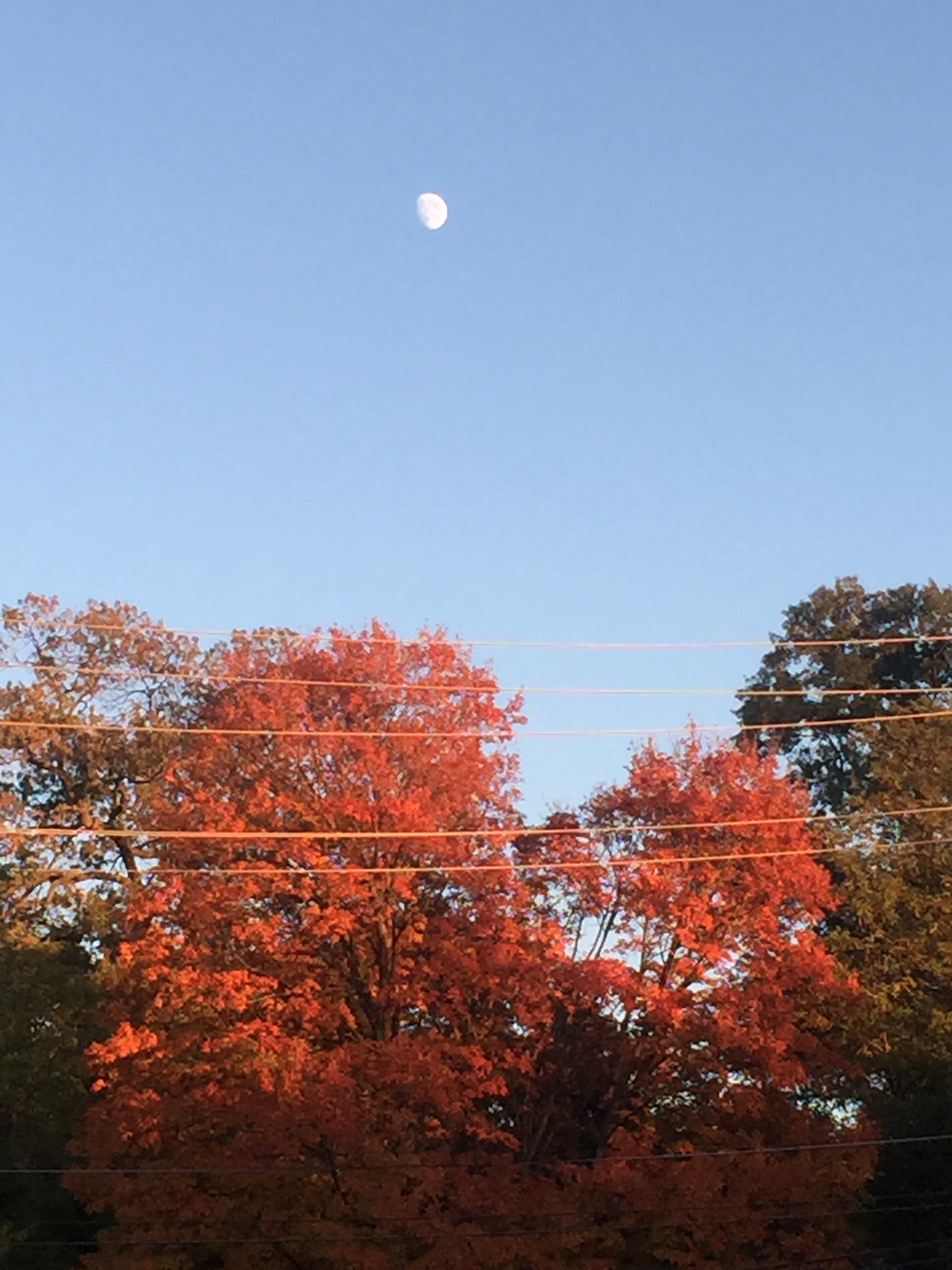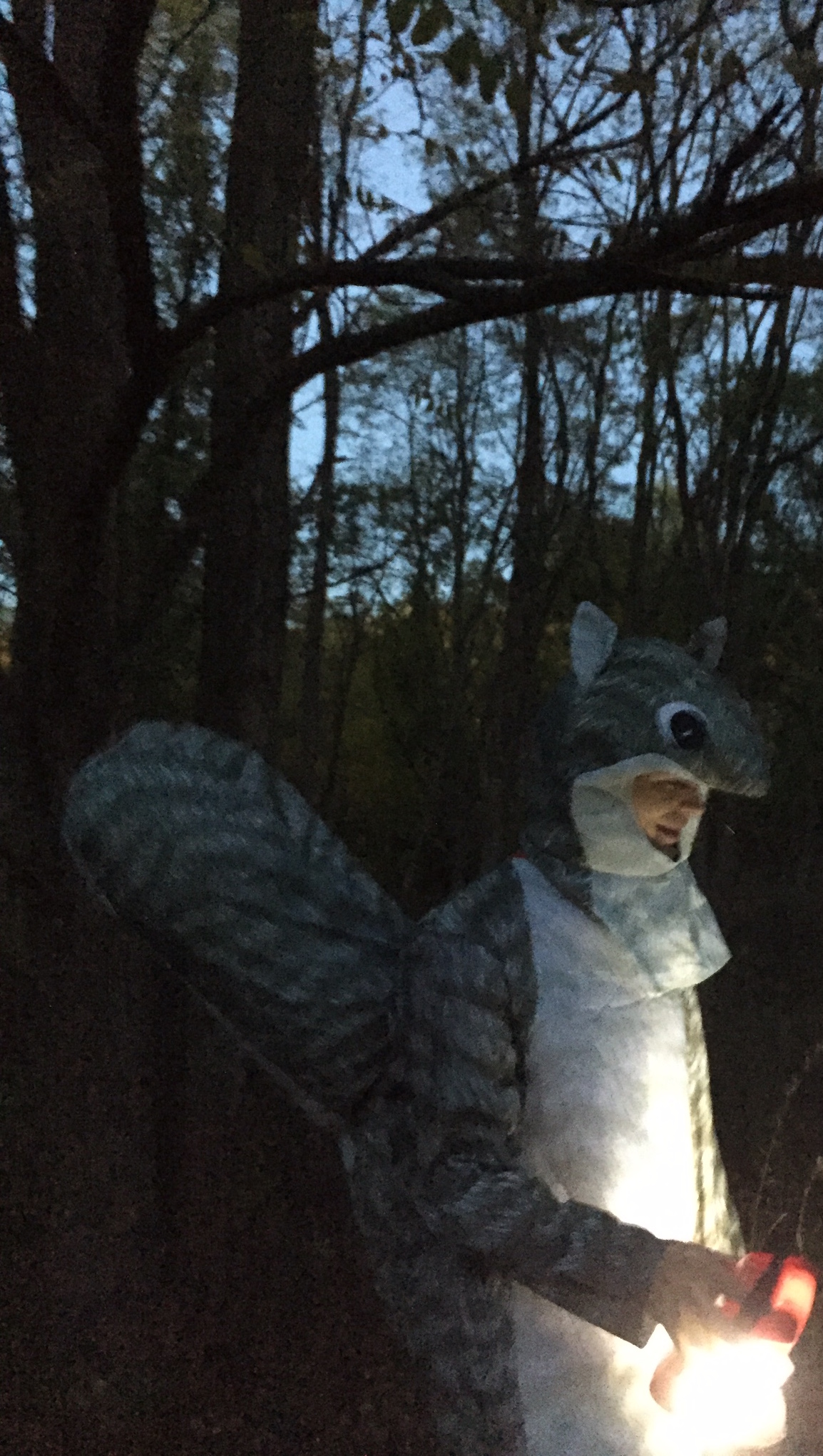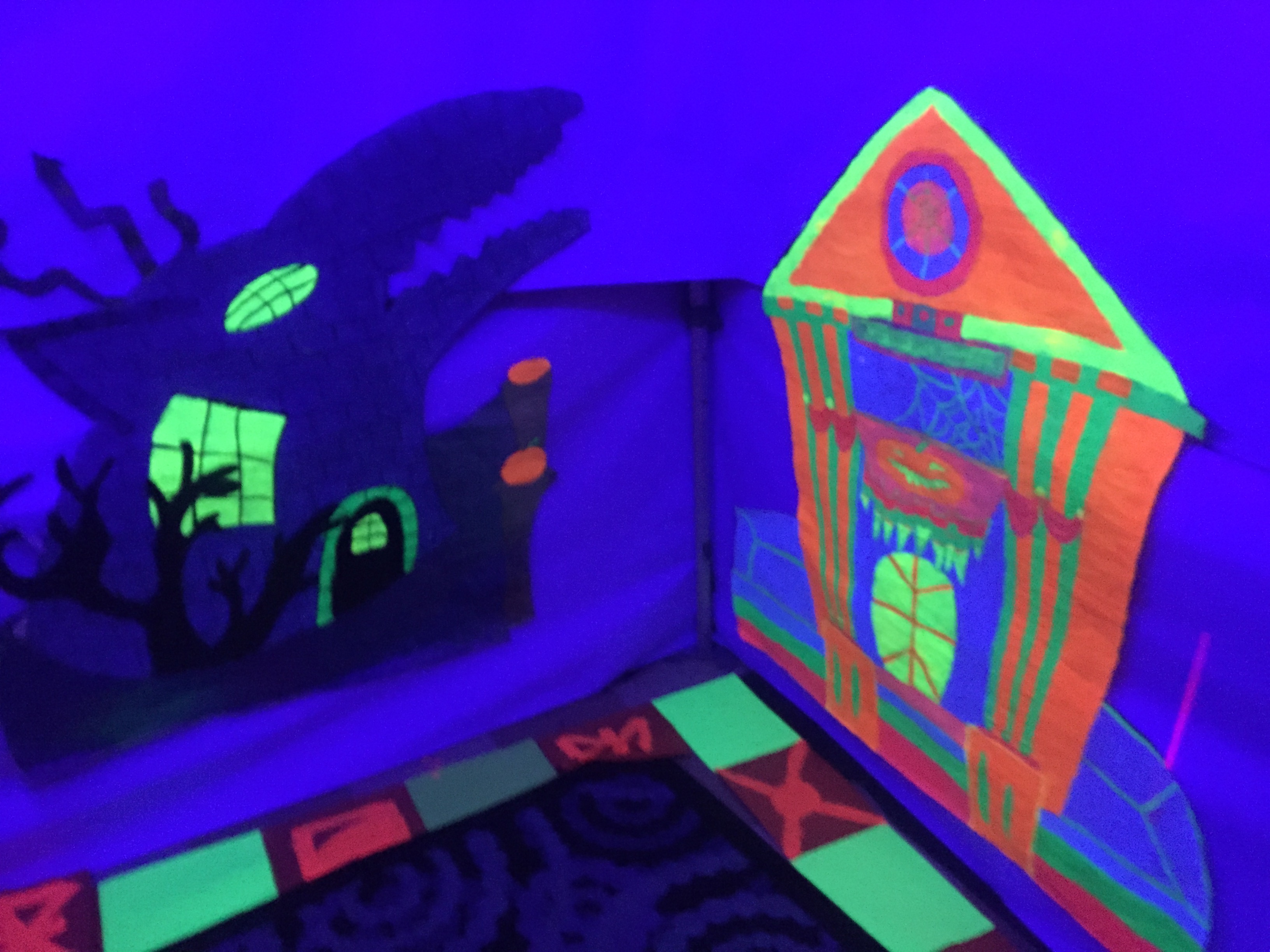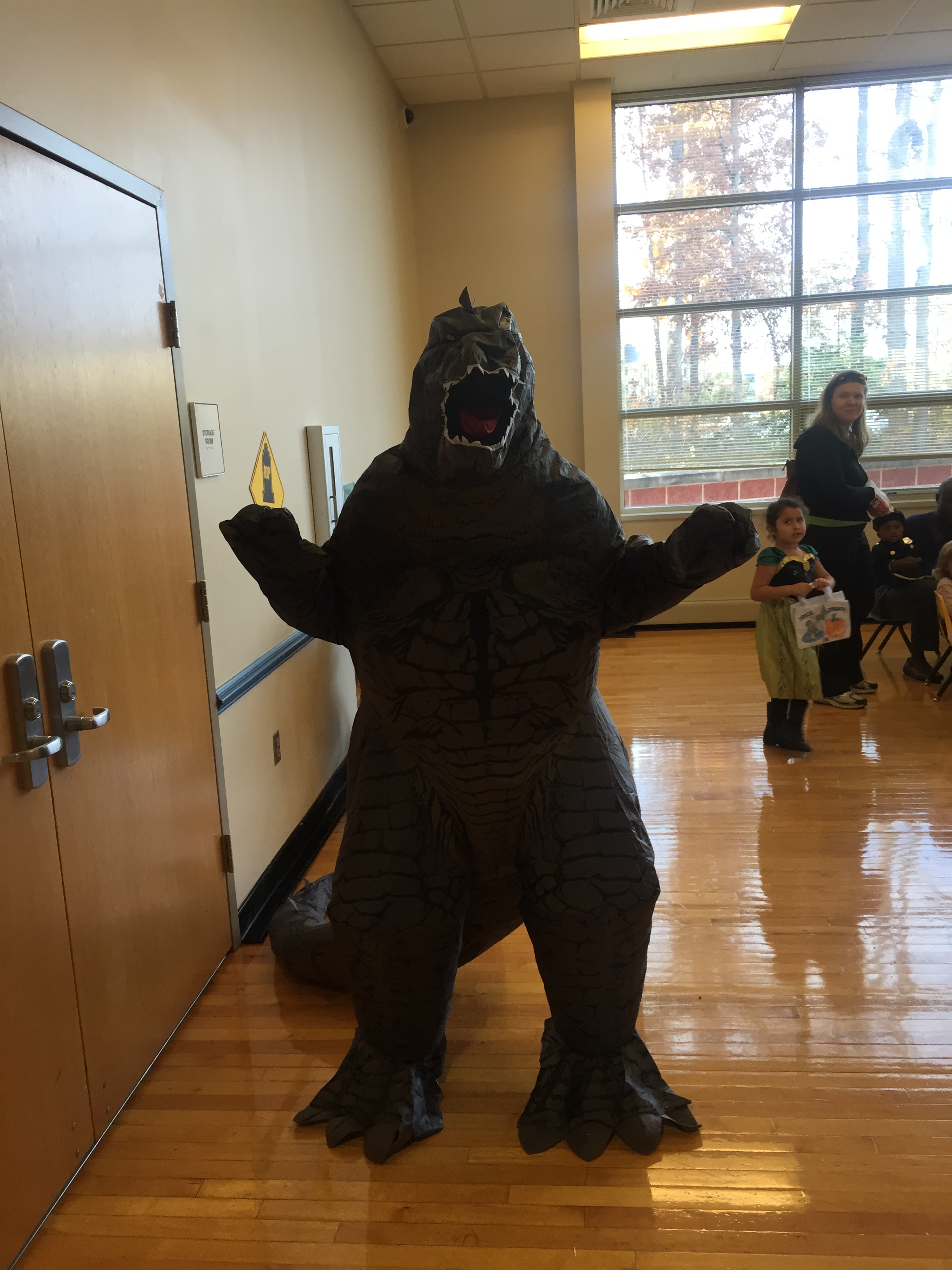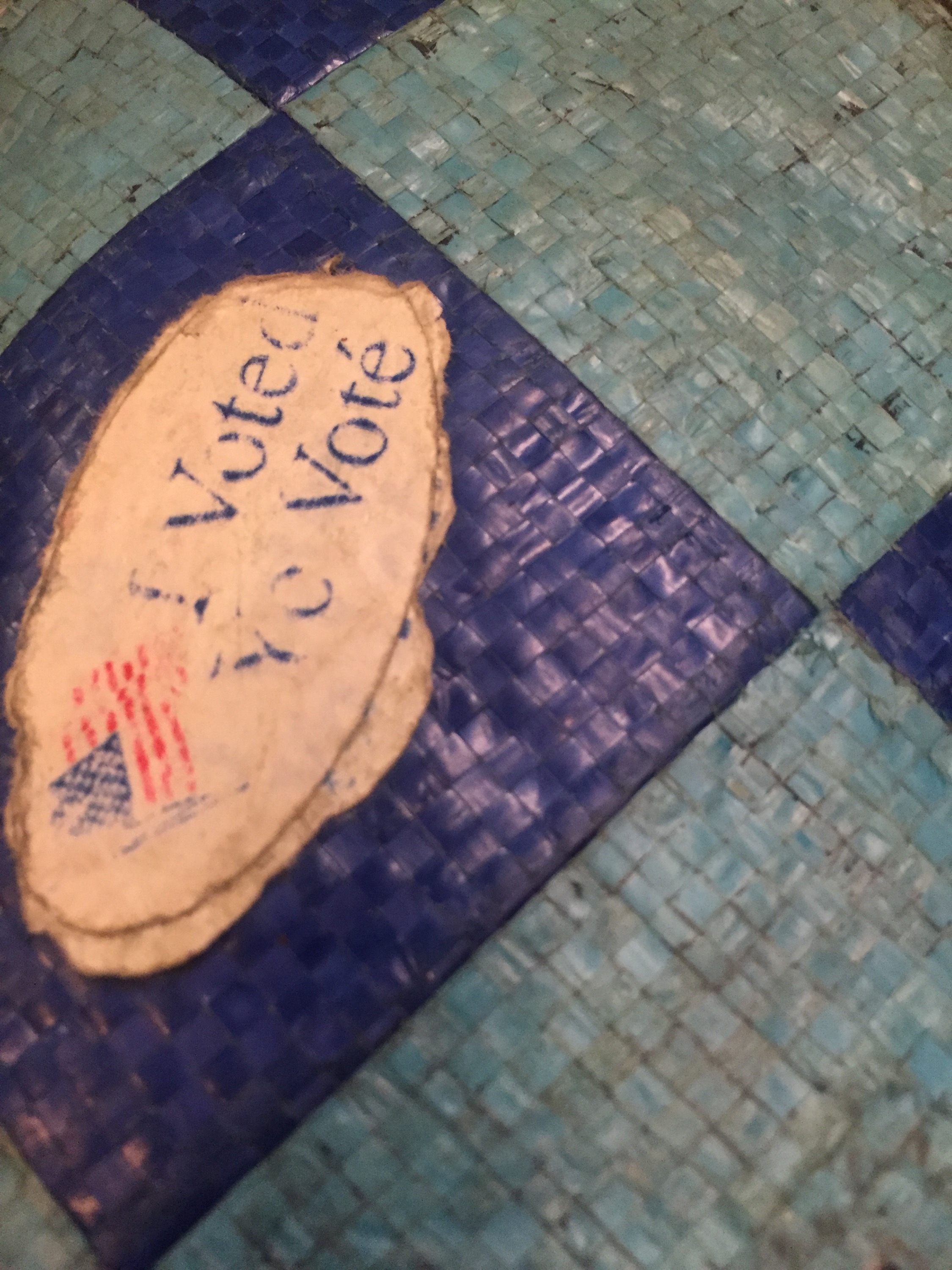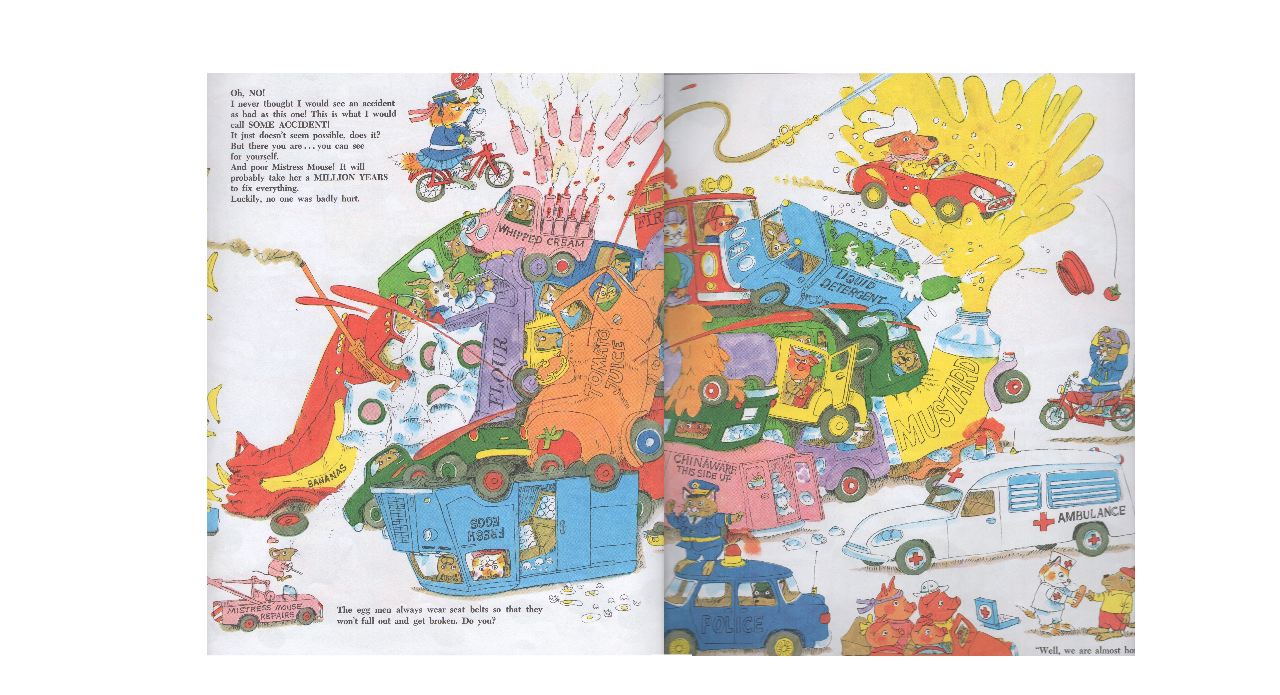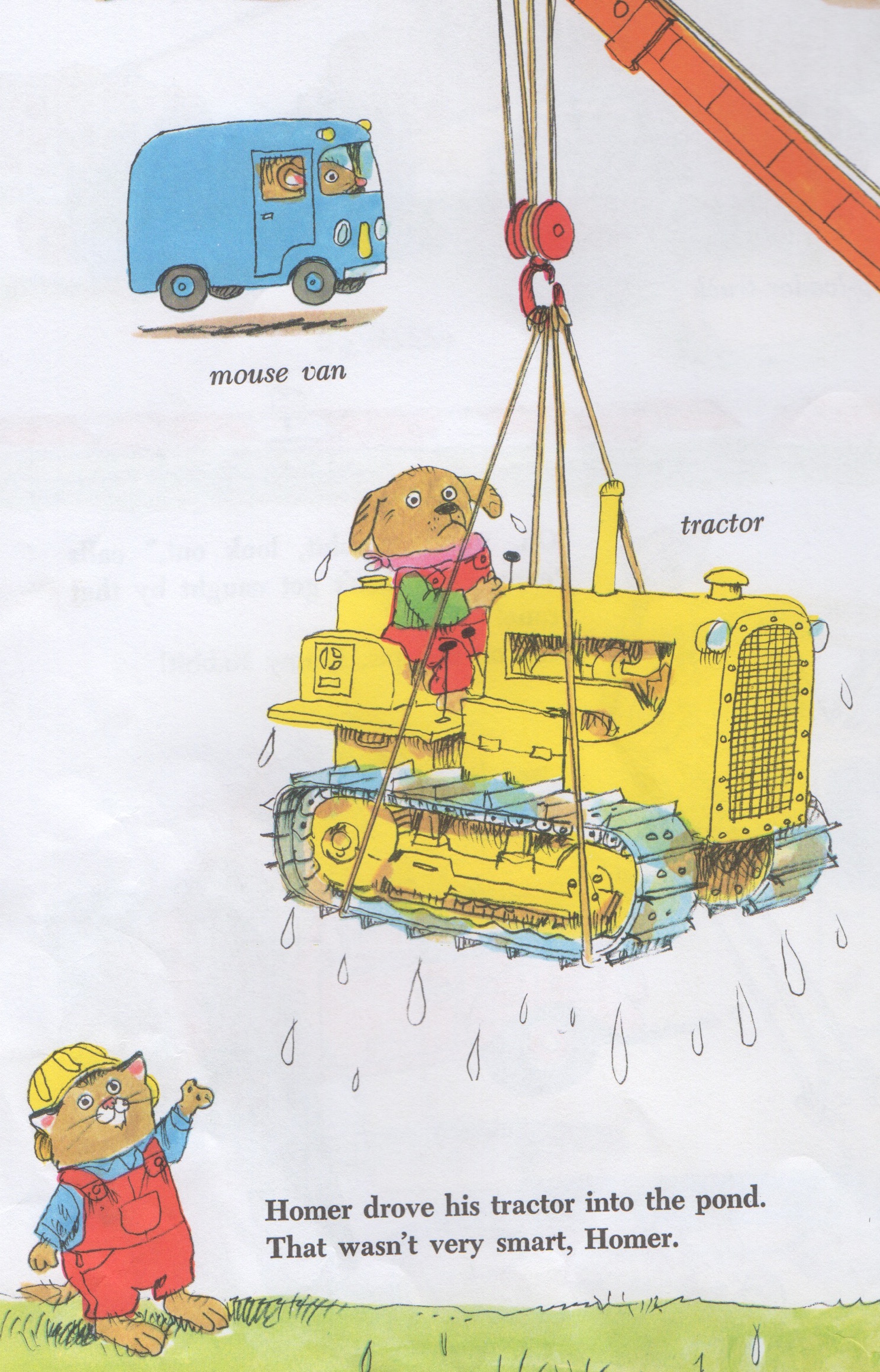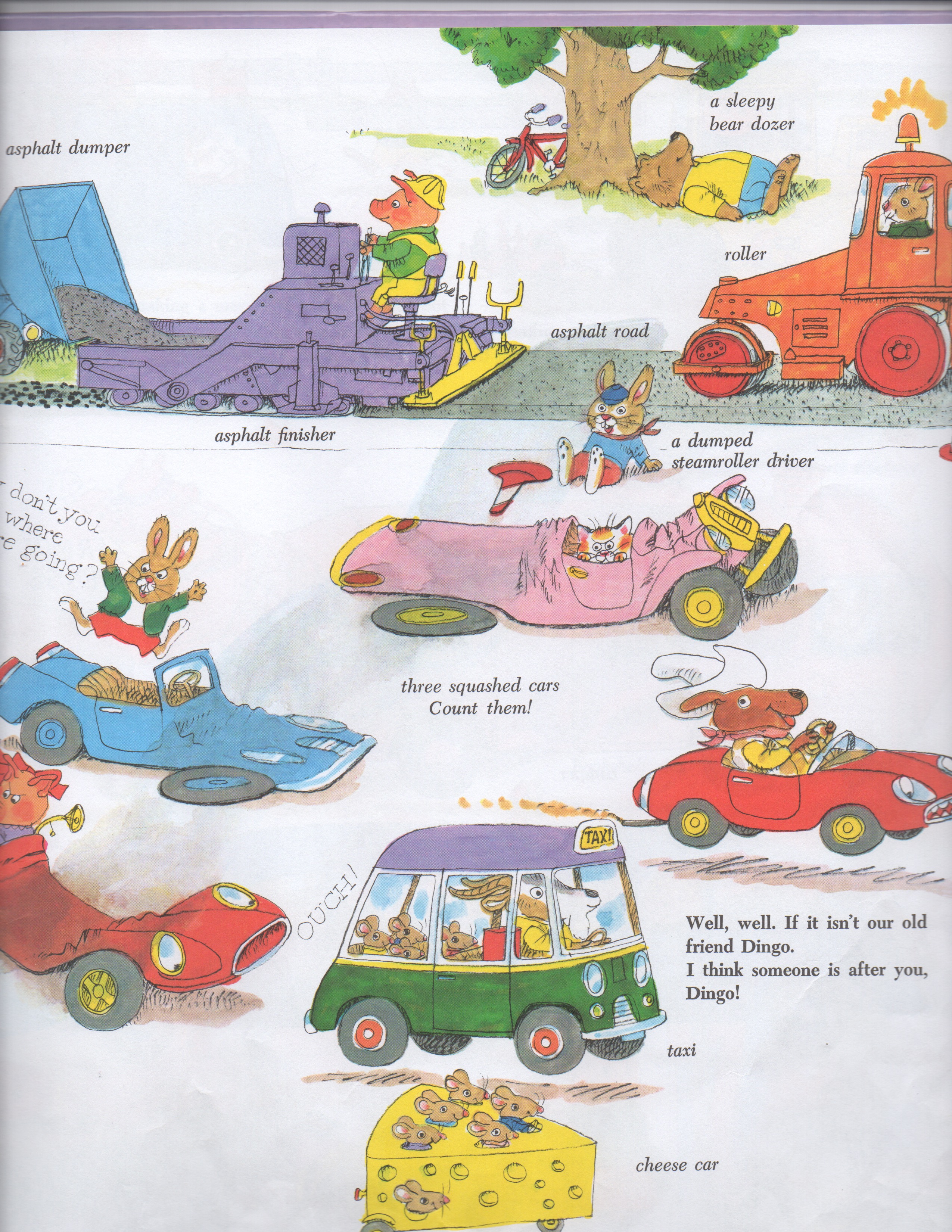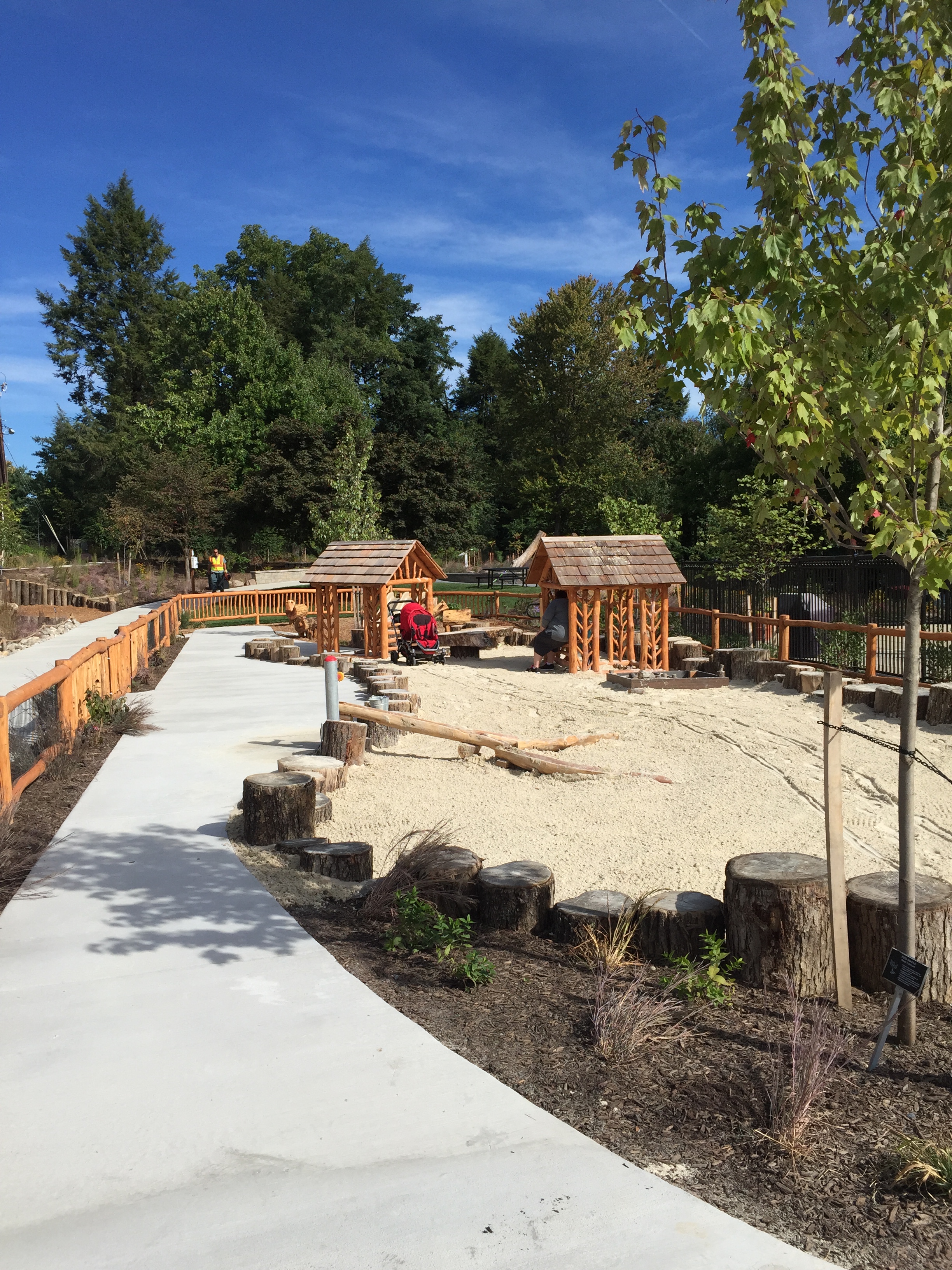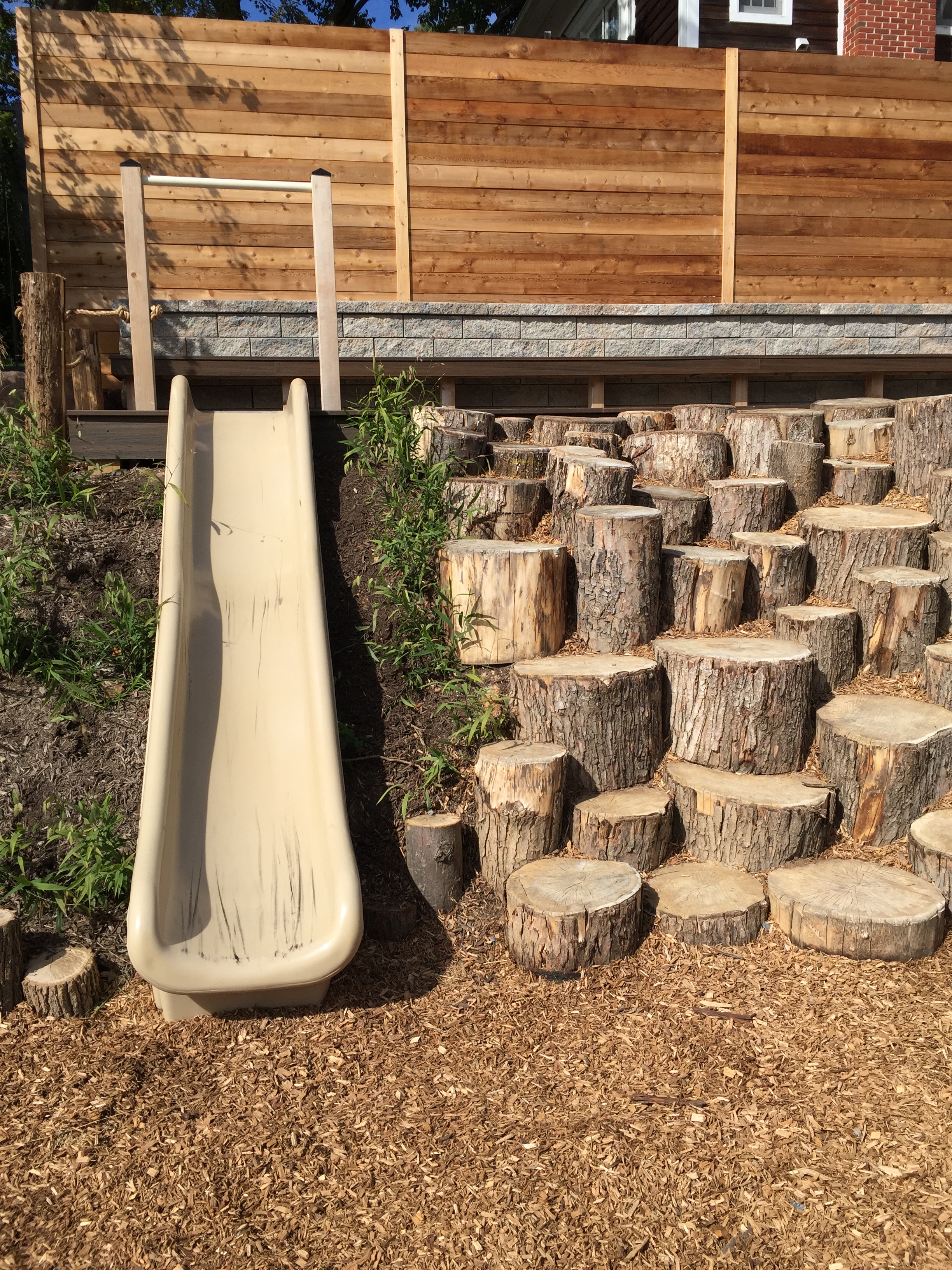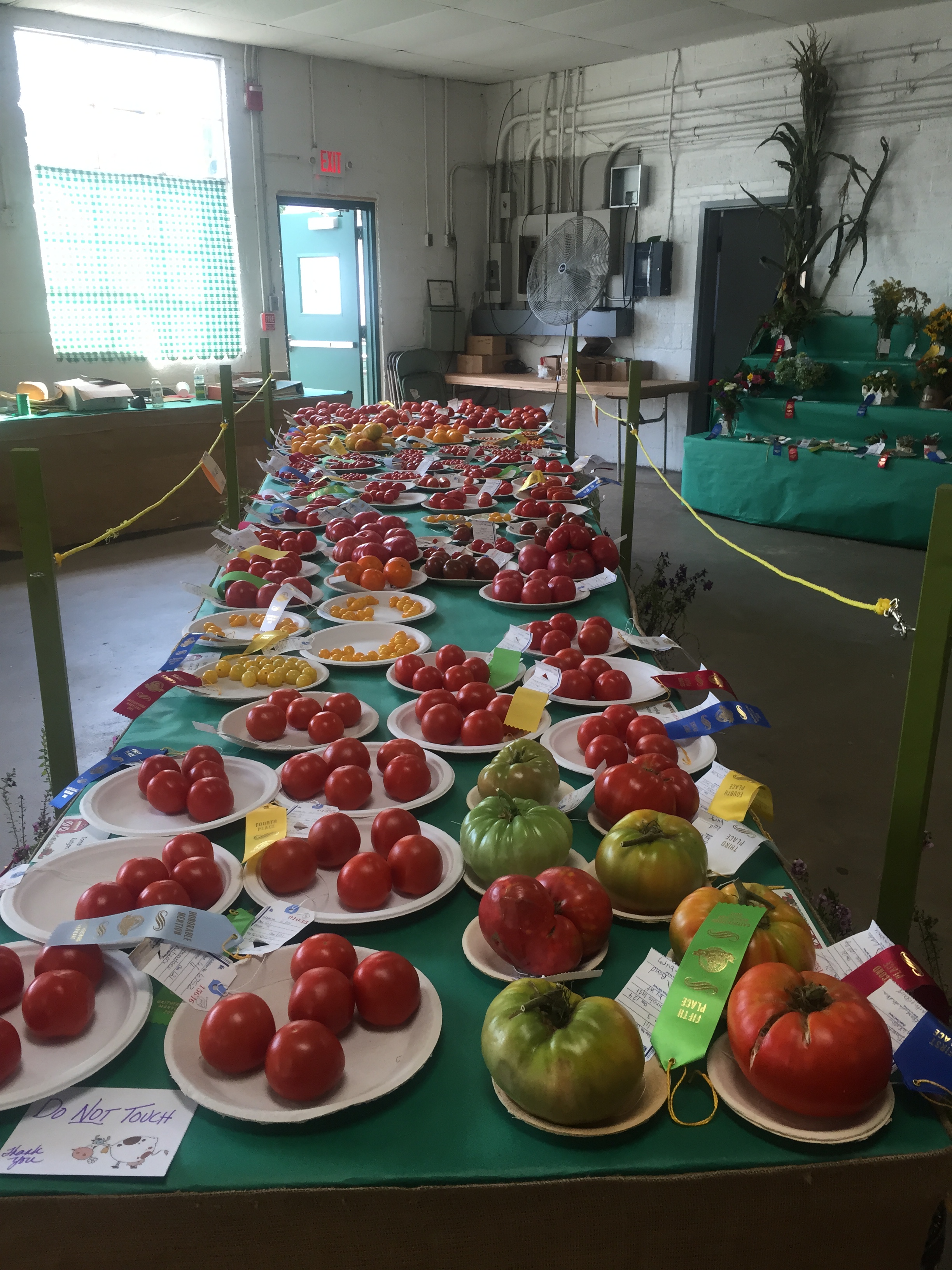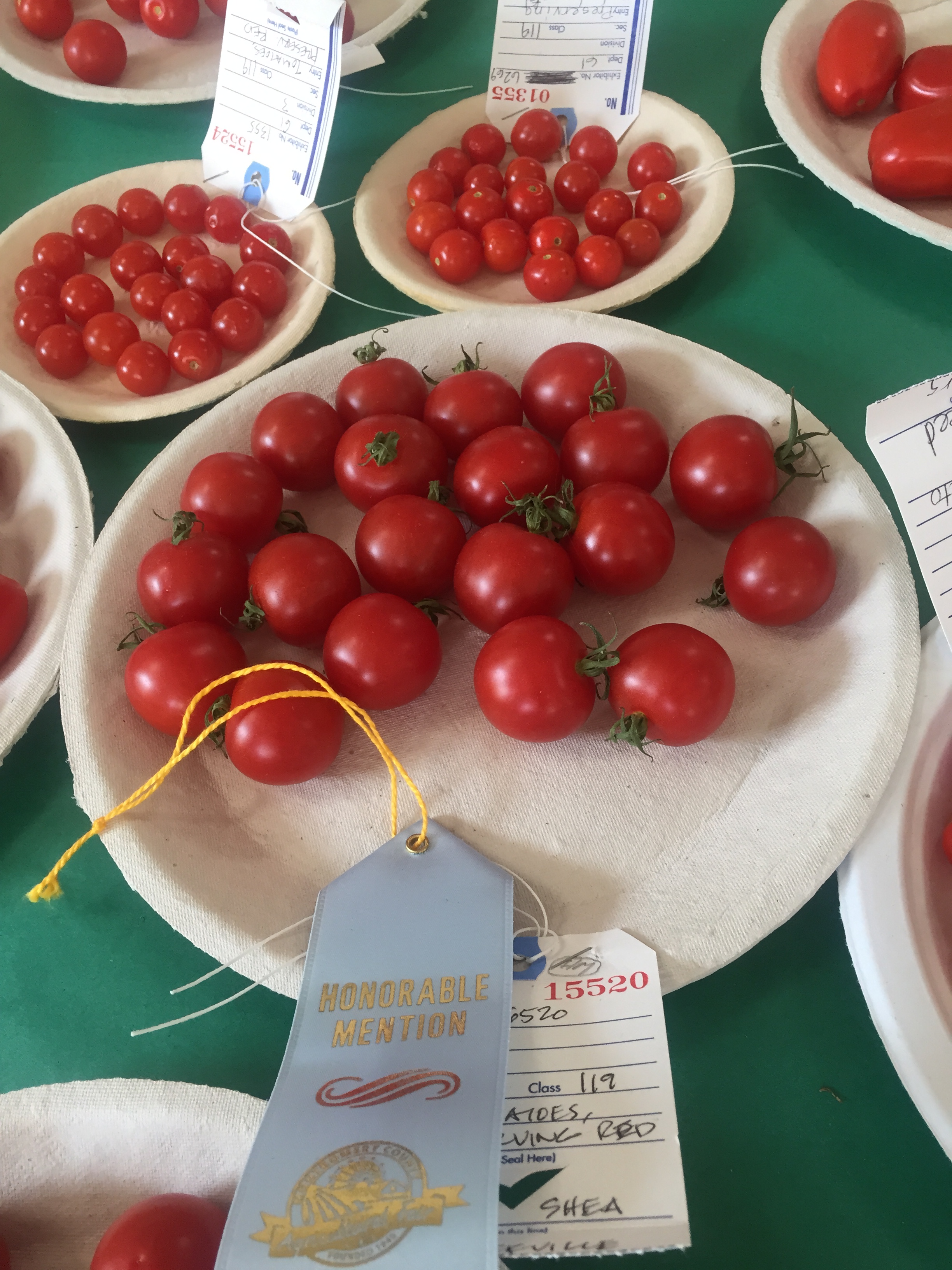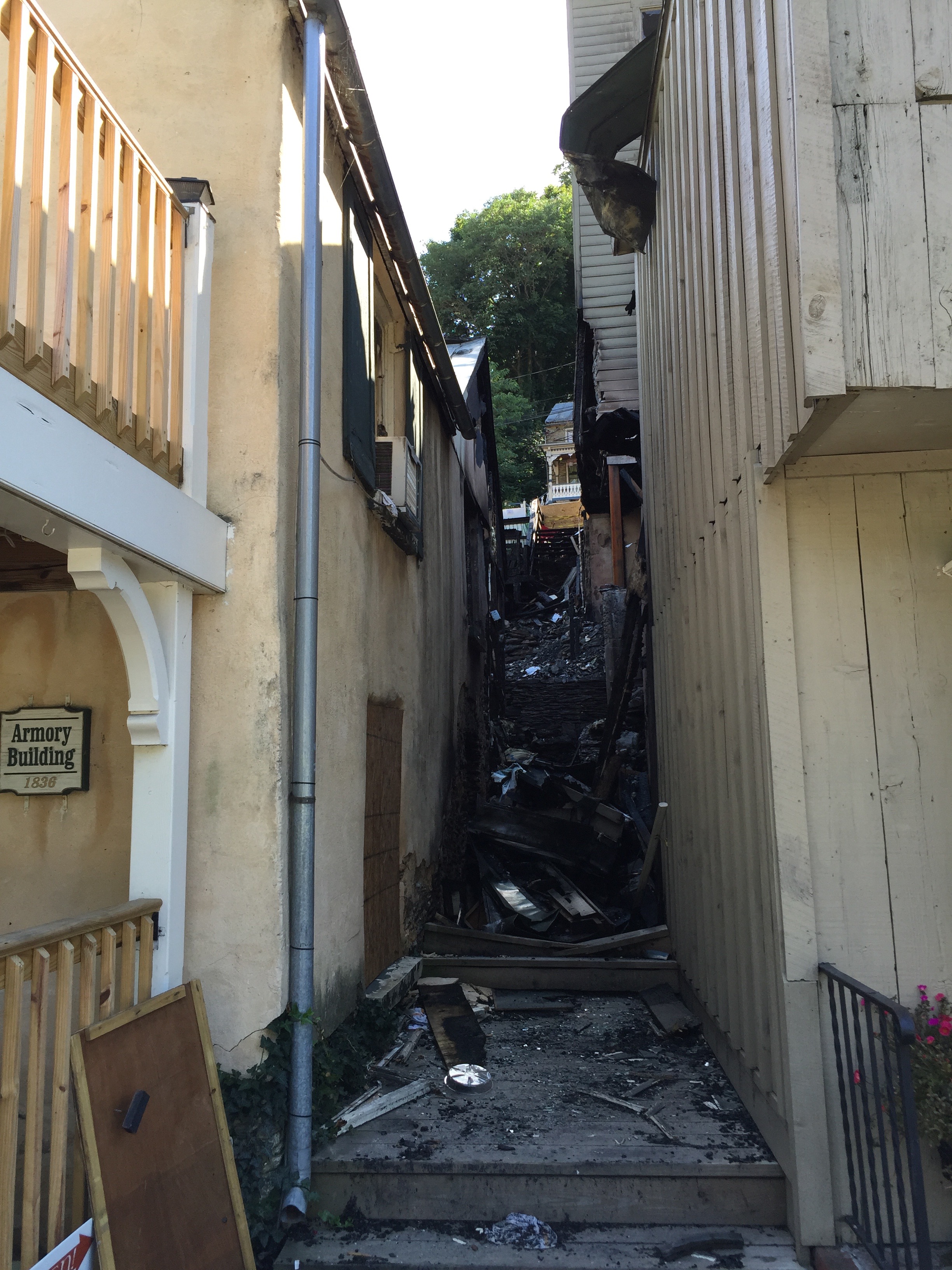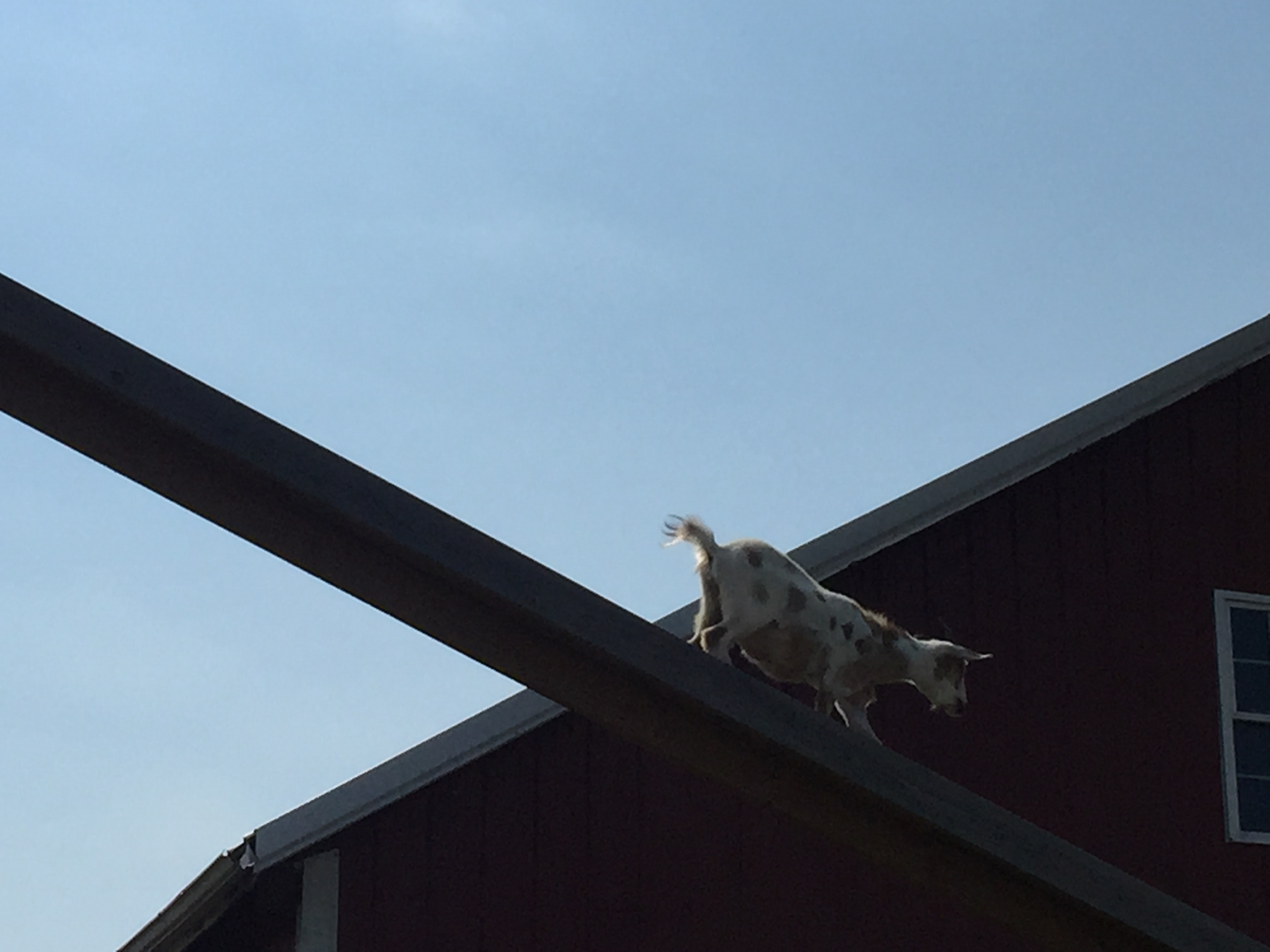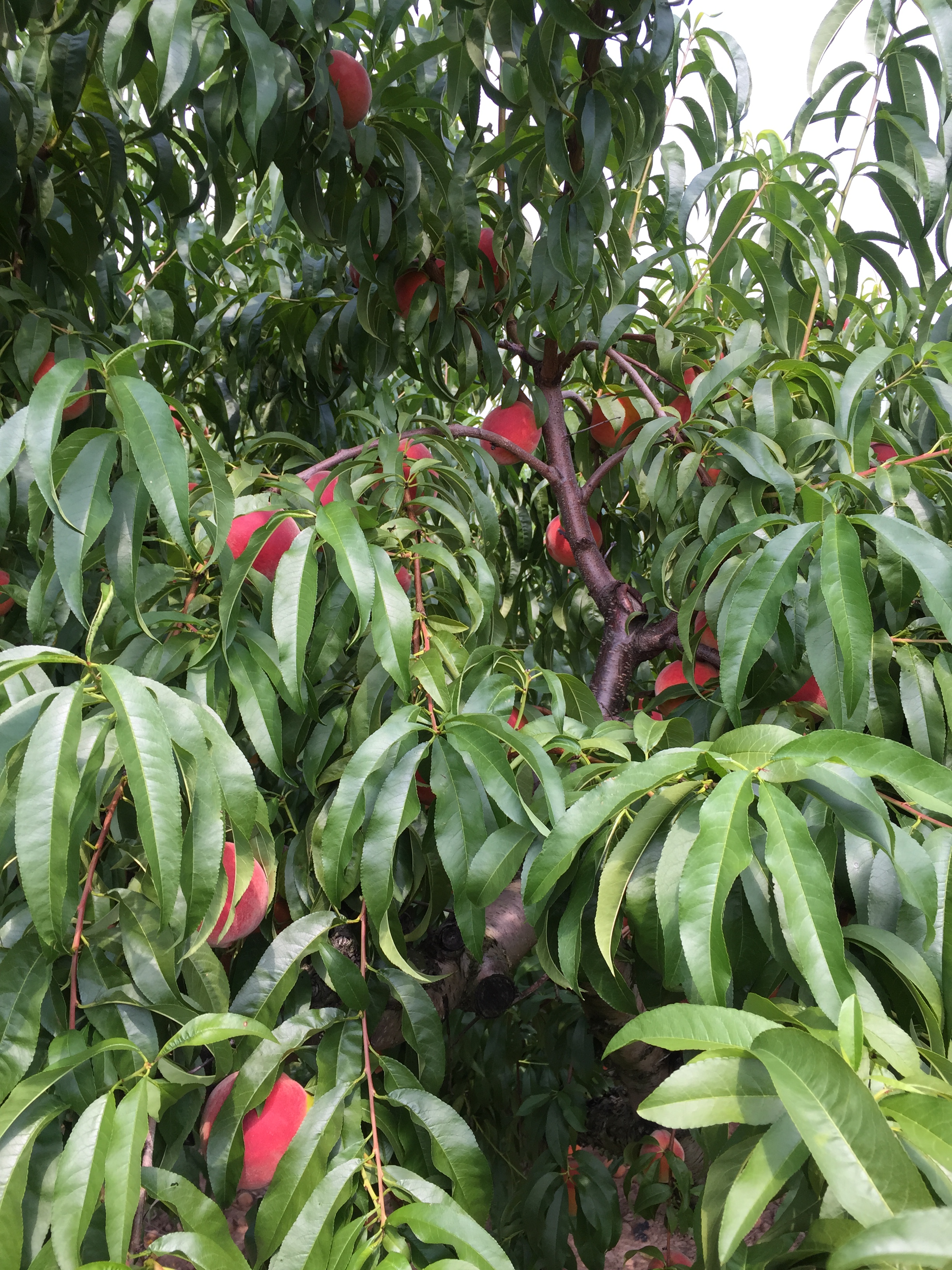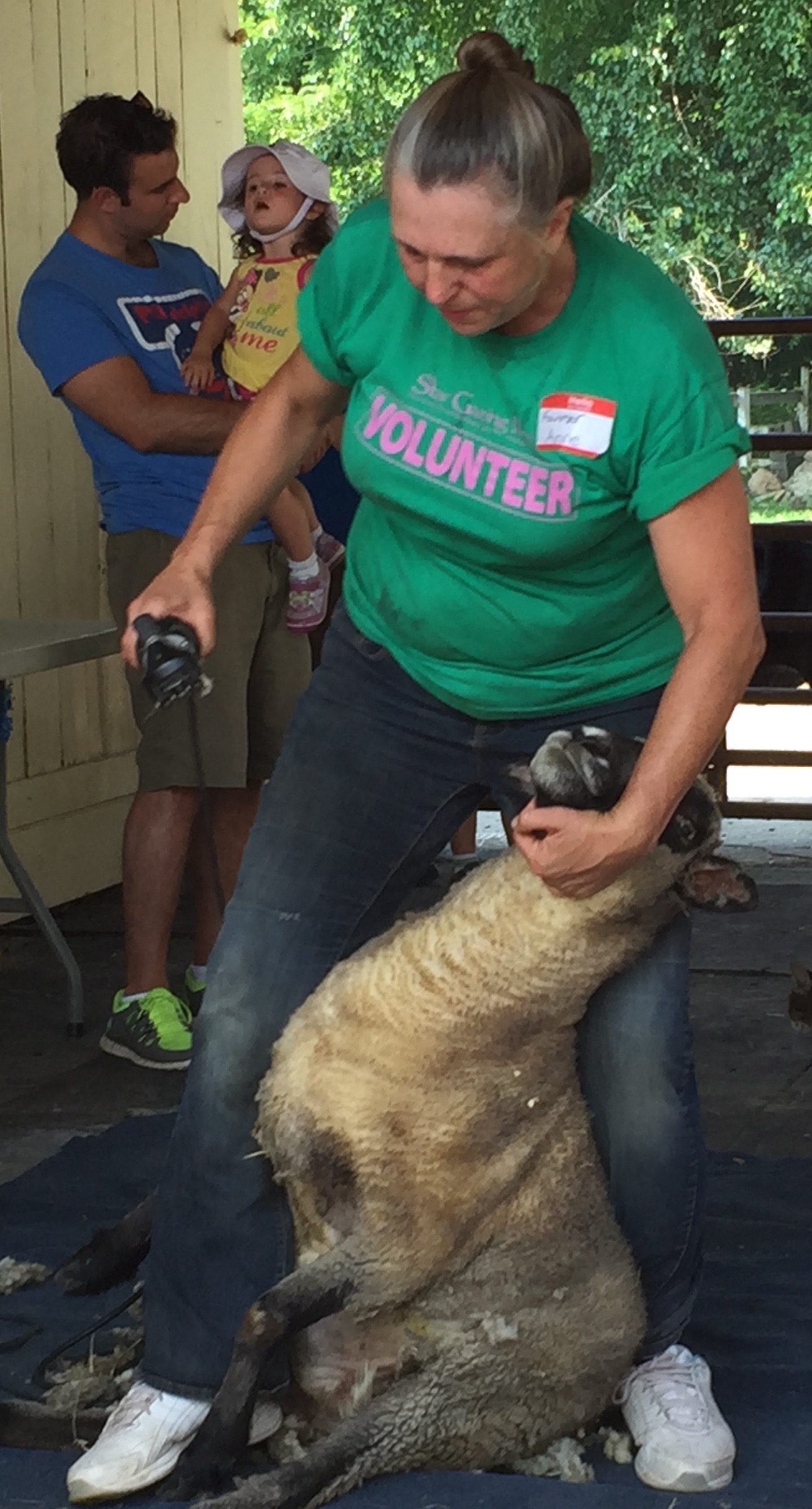I have always preferred the children’s version of Halloween to the typical “adult” one. Dressing up as actual characters or at least creative one instead of a “sexy fill-in-the-blank.” Parades instead of overpriced bars. Stuffing your face with candy instead of TPing yards. At its best, this more innocent version is one communities can embrace and support, creating the atmosphere for a fun and fanciful holiday. Fortunately, our town has found a variety of ways for families to enjoy Halloween together.
For us, Halloween started a full week ahead of time with the Croydon Creep at the town’s Nature Center. Arriving there, we drove past a huge line of cars parked on the side of the road, spilling out from the center’s teeny parking lot. We soon discovered its popularity was justified. From a spinning prize wheel to coloring Halloween treat bags, the Center had a ton to do, for the reasonable price of $5 a kid and accompanying adults free.
My favorite activity was the “spooky trail,” which started with a campfire and each child receiving a mini-flashlight. Along the path, adults dressed as a squirrel, spider, firefly, and bat each shared a few facts about their biology and gave the children a treat appropriate to their animal: sunflower seeds, a sticky spider, a glow necklace and vampire fangs. I even learned a few things, like the fact that black squirrels and gray squirrels are variants of the same species. Of course, Sprout’s favorite part was flickering the mini-flashlight on and off, blinding me.
The night ended with a magic show, where Sprout sat up front with the other kids and we were consigned to the seats in the back. It was the first time Sprout sat by himself in a separate section. I kept straining to get a glimpse and nudging Chris for status updates, hoping he wasn’t disrupting anyone or wandering away. But he was the perfect little audience member, staying seated and clapping when he was supposed to. As is often true, he wasn’t nearly as nervous as his mama. Instead, the entire way home, he talked about how the magician “turned a bunny into a balloon.” While it was turning a balloon into a real, live bunny rabbit (he has a bit of difficulty with chronological order), it was an impressive trick even if you aren’t two.
The next Saturday, we had a full schedule for Halloween proper. Unfortunately, we were missing a key element of Sprout’s costume – the ears. He was reprising his part as Rocket Raccoon, making the most out of the costume I made him for Baltimore Comic Con. While we had his orange pajamas, rocket backpack/armor, and tail, the ears were missing. Ripping apart the house and the car, we looked in the stroller, under the seats, in the couch, under the beds, and in all of his toy boxes. I suspect they’re somewhere in the Baltimore Convention Center. Instead, we made do with a pair of bear ears my mom made for his Teddy Bear Picnic themed birthday party.
Our first stop was a party at one of our town’s community centers, with snacks, crafts, games, and even a magic show (non-coincidentally, the same magician). It also had the most low key “haunted house” I’ve ever seen, with a clever use of black-light paint and a baffling but not actually frightening anti-gambling climax. While we worked on the craft, I enjoyed making a little girl’s day. She was clearly dressed as Gamora and I commented, “Nice Gamora costume.” With a big smile, she responded, “Finally! Someone knows who I am!” It felt like when the kid at Comic Con told Sprout, “Your mom is the best. She can kick the butt of anyone in the universe.”
But both the best and least Halloweeny activity was the petting zoo. Along with alpacas – which Sprout has seen online but never in person – they had a giant rabbit with teacup pigs, making for one of the cutest combinations of animals I’ve ever seen.
There were some great costumes at both events. At the nature center, there was a woman with a baby in a carrier going as Cookie Monster – with the baby as the cookie! A whole family went as characters from Monsters Inc, with the dad as Sully and the little girl as Boo. Two twin toddlers had matching Wonder Woman outfits. At the community center, one family went the House of El with Jor-El and Kara in white lab coats following a crawling toddler Superman. Another infant was the most adorable little Supergirl I ever saw. An adult dressed as Godzilla was impressive enough that Sprout gave him a wide berth.
Following on that barrage of children was our adjacent neighborhood’s Halloween parade. Unfortunately, logistics got the best of us. Between underestimating how long it would take to get ready at the house and the lengthy process of Chris putting on his costume once we got there, the parade was long gone. In fact, most of the families had already made their way around the block and back to the starting point. Shrugging our shoulders, we stood in line to go through their “haunted house” for candy, which had far too many loud, sudden “screaming” decorations for Sprout to handle. I made my way through while they stood at the exit. Despite our absence from the parade, Chris got a number of accolades for his costume. When we went to vote on Tuesday, some of the volunteers recognized him from the parade and were asking him questions about it.
We wrapped up the night trick-or-treating, while Sprout still had any energy left. He continued to be credulous at the concept of trick-or-treating, repeating, “Knock on doors and neighbors give you candy?” At every door, we coached him to say “trick-or-treat.” While he repeated it dutifully while the door was closed, he promptly forgot it as soon as the candy was in sight. However, he did say “thank you,” which was a major win in and of itself. The only thing that was disappointing was how few of our neighbors participated. They’re usually community-oriented – our yearly block party gets a good crowd – but 4/5 of the houses on our block had the lights out. It was a little heartbreaking every time Sprout walked away from a house softly muttering, “No one home.”
Halloween in my town reminded me both of how great the community services can be and how they also require public support. On one hand, while the parade and “haunted house” were on town property, it was all run by neighborhood volunteers. This great tradition simply wouldn’t exist without these people’s time and effort. On the other end of the spectrum, I overheard a man at the community center party complain that it was overpriced and “should have been a dollar.” This was in a town where 3D movies are regularly $15 and the average home price is $529,000. While I understand that $4 a kid can be a lot for some people, I got impression from his attitude that events put on by the city were inherently worth less than those put on by businesses. While unrelated to the city, I was saddened by the number of people who decided not to give out candy, although I did understand that a lot of people were out on Saturday night. Trick-or-treating is the major part of the community aspect of Halloween, but it’s reliant on neighborhood participation to make it fun.
I know not everyone has children, but I do think that we all have a responsibility to provide recreation and services to people of all ages. Youth classes and senior centers, teenage basketball leagues and middle-aged running clubs. I’m so glad my town has such great programming, but I hope that everyone can think of the bigger picture to continue to support it.
After all, I think most people like the world better with more treats than tricks.
